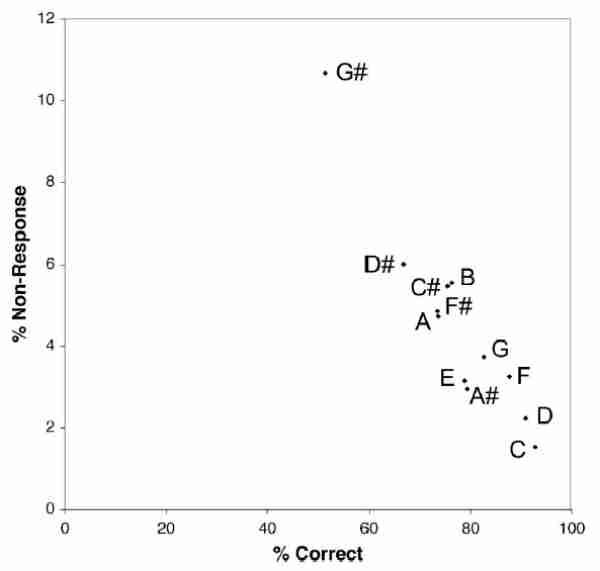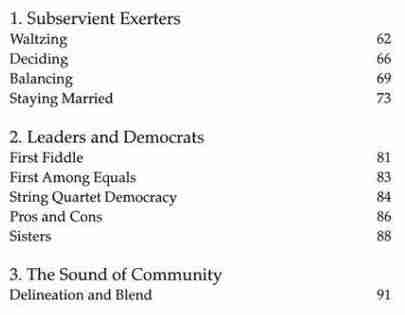Greetings from the Abyss by Jack
Before leaving Tucson prison, I asked Jack, a 49-year-old lifer, if he would be willing to write for Jon’s Jail Journal on a regular basis so we can keep abreast of developments there. Jack agreed and I just received his first blog. I enjoy Jack’s writing style and I hope you do to.
13 Jan 08
Many of Jon’s faithful readers have asked how they will find out what has happened in hell now that he has been released. Cue the semiliterate stand-in reporter. I will attempt to bring you the same insight into the macabre and twisted world in which I reside, and that Jon was able to do so eloquently. I realize that these are some mighty big shoes I must fill, but I will try in my own stumbling way.
Since Jon’s release we have been moved from Santa Rita To Manzanita. The move itself was a comic opera of epic proportion. Between the overloaded pallets of property tumbling across the asphalt to the miserable cold drizzle that soaked everything we own, we managed to uproot ourselves from one location and plant ourselves in the other. Our new residence was originally designed for half the number that we moved in – 48 men living in a 45 x 60 foot box, cozy! You can’t begin to imagine my joy with the sights, sounds, and smells of my new abode and roommates. At least some of my roommates are paper trained, so I guess that’s something to be thankful for.
Here are some excerpts from a letter I received from Jack. In a letter to Jack that I wrote around New Year’s, I stated that I felt lonely in England and I’d had a few days of the blues. Jack periodically suffers severe depressions.
The issue of you having the blues is something I can relate to without any problem. In my slightly askew opinion, you miss us. Consider for the moment that over the years you have bonded with our miscreant tribe. Even with all of our foibles and defects there remain a few traits that make us endearing (for the life of me I can’t think of a single one right now, but you know what I mean). You mention the culture shock of not having been in England for 16 ½ years as a possible cause. I agree that would contribute, but consider the culture shock of going from a prison environment to the free world. Being able to come and go as you please, eat what you want when you want to, see who you please without them going through the hassle of a prison screening. All of that combined together can be overwhelming. Add to that the sense of dependence on your parents because of your temporary financial situation, is it any wonder that you felt down or blue? Your situation will get better quickly. You will adapt to the changes and become acclimatized soon. I know it may sound trite, but it will get better before you realize it. Soon you will have your own income from speaking engagements and writing. You will find a flat to your liking and you will furnish it to your taste – why is it that I see tatami mats, futons and red paisley lamp shades in your future. The thing to remember is that you’ve got everything you need to succeed right there in that shiny head of yours.
A friend of mine, that you may or may not know, died. Everyone called him Scrappy because he would fight at the slightest provocation. Like so many others he died due to a combination of DOC neglect and self-medication. I have worked with this man for seven years to manage his temper and adjust his attitude. He had made great strides forward and was actually looking to reunite with his daughter. He only had a few more months until his release. To add insult to injury, the on-duty-lieutenant had his body pulled from the cell, and left him laying on the run, in the rain, for three-and-a-half hours.
Slope asked me to tell you that he “misses your Limey ass” and he hopes that your “skip across the pond was peaceful.”
Today has been rather eventful. I started this letter around 0930 hours and it’s now 1900 hours. It wouldn’t normally take this long to write a letter but we’ve had a bit of excitement today. Earlier one of the sergeants snatched a cap off one of the guys. This led to a pushing match and eventually the use of gas. The next thing you know windows are being blocked and the cops are suited up in their ninja-turtle costumes. It has all fizzled out now but for a minute things were tense. It was a typical DOC kneejerk overreaction but that doesn’t change the fact that we were teetering on the brink. Part of the problem came from the guys shouting insults and threats, for some reason this didn’t seem to help the overall problem.
Xena finally became so fed up with everything that he pulled the plug and went back to Buckeye prison.
As you requested, I’ve been trying to find out the status of Slingblade’s release. It was more difficult to get information than than you would think. First I spoke to Slope, and he said that Slingblade had been denied again for the same reason – no release address. Slope then mentioned to Slingblade that I had been asking, which prompted the big man himself to confront me. I explained to him that you wanted to help get him out. This in turn led to a running three-day diatribe from Slingblade. He actually sat down with me at lunch yesterday and talked the whole time. Afterwards several of the guys came by and commented that it was the longest conversation anyone had ever seen Slingblade participate in. The conversation was disjointed but interesting. He talked about you, the Queen Mary II and the Queen. I believe there is a common thread running through this and it’s not that you are all queens. He talked about working on the Queen Mary and where it’s currently anchored. He said that he wrote a letter to Queen Elizabeth but hasn’t gotten a response. He talked about your release and asked if you were back in England. Just as quickly as the conversation began it ended. Slingblade picked up his tray and stomped off toward the disposal chute. After I wiped the spray of detritus off my clothing, I decided I wasn’t hungry after all. It’s amazing how quickly one can change one’s mind when dining with the likes of Slingblade. The long and short of it is that he hasn’t been released, doesn’t look like he’s going to be released anytime soon, and quite frankly, I don’t think he cares one way or the other.
Slingblade is a mentally-ill Vietnam vet who needs outside help to facilitate his release. Any organisation or attorney willing to help Slingblade, please email writeinside@hotmail.com
I spoke with Shane the other day and he said you’ve been out drinking and partying since you’ve gotten home. Take it a little easy, you don’t need to make up for all of those missed years in a couple of weeks. Between the malnutrition of prison food and the sudden impact of all that alcohol your body is probably begging for mercy right about now. Oh, and let’s not forget the large quantities of heavily-spiced Indian food that I’m sure you’ve consumed since arriving home. Your body isn’t begging for mercy, it’s screaming surrender.
Well, my friend, I hope this finds you well and less depressed. Hopefully you will have waded through the backlog of blogs that needed to be edited and you have moved on to your next masterpiece. I’m sure that once the newness of your situation wears off you’ll get back into your routine, or you’ll create another routine that provides a sufficient amount of time for your creative side. Keep at it and keep me informed of your progress.
All my best.
Jack
As this is Jack’s first attempt at writing for Jon’s Jail Journal I would appreciate any comments you may have for him. I’m also hoping that through this blog Jack obtains a literary agent. Jack is never getting out of prison, and he has an amazing life story to tell.
Email comments to writeinside@hotmail.com or post them below
Copyright © 2007-2008 Shaun P. Attwood





![Carbamazepine [Tegretol™]](http://gapyx.com/cmt/2008/01/tegretol.jpg)
![Limb, Fig. 9, functional MRI mages of ‘planum temporale’ regions of brains, of a musician with absolute (perfect) pitch [AP-MUS] and an individual lacking absolute pitch [N-MUS]](http://gapyx.com/cmt/2008/01/limb_fig9.jpg)












